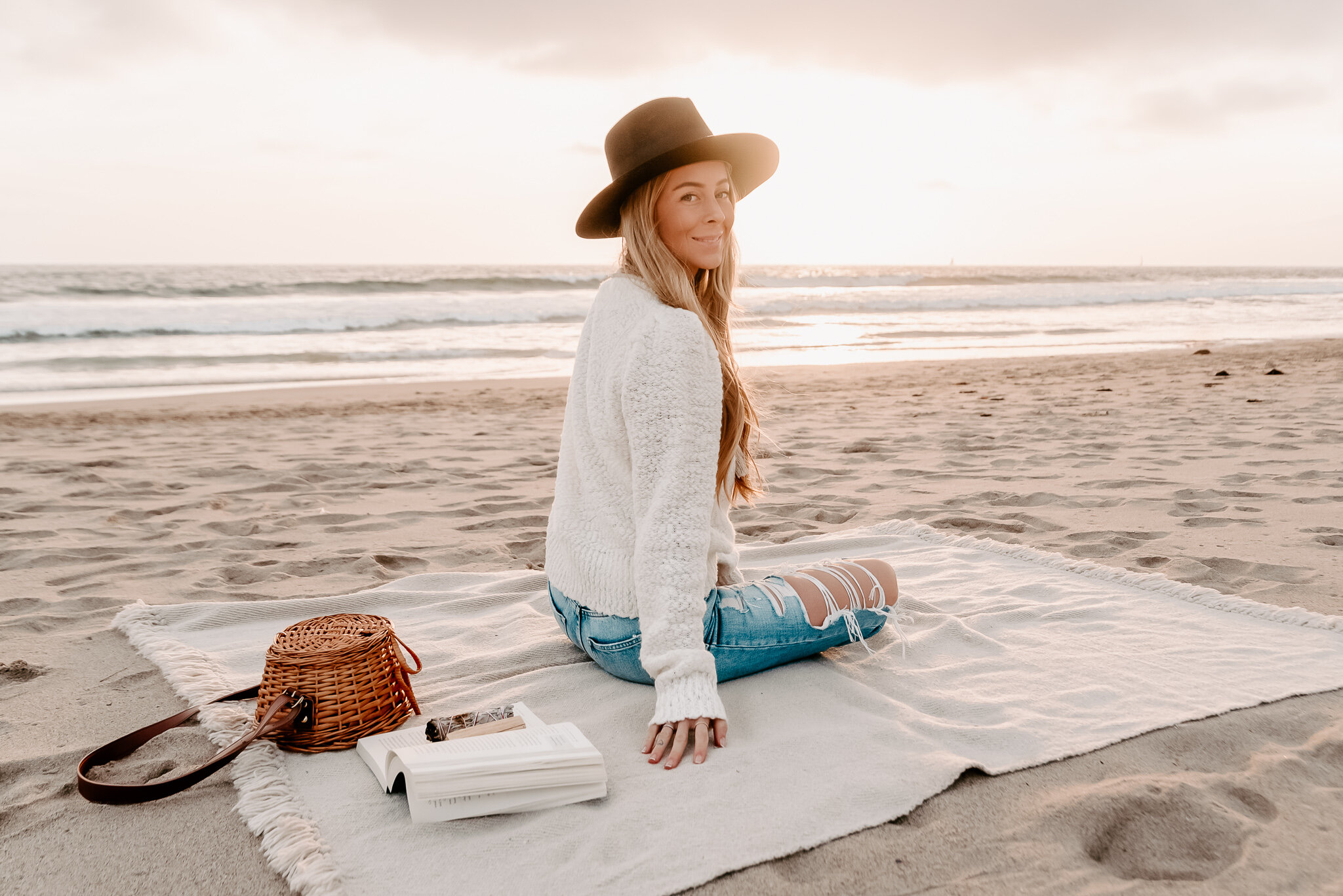Holding Space: What Does it Mean and How Does it Spark Healing?
Holding space is a phrase you’ll often hear from therapists and coaches. It is a concept that is integral to my own work, both in breathwork sessions and in the monthly healing circle I help to facilitate.
Although this idea is mentioned regularly, it isn’t always clear exactly what we mean when we talk about holding space for someone, or why it is such an important part of the healing process. Today, I want to dive deeper into this concept and explain why it is vital to my work.
What Does ‘Holding Space’ Look Like?
I think we’ve all had the experience of trying to share our thoughts and emotions with a friend or loved one, only for them to interrupt us with advice, solutions, or stories about similar experiences of their own.
This is usually well-meant. They want to see us happy and to help us ‘fix’ our problems. But the effect is to take the focus off the emotions we are experiencing before we’ve had a chance to fully explore and work through them.
Intentionally or not, by chiming in with their own thoughts and suggestions, the person we’re speaking to takes the attention to themselves and their perception of our issues. They may mean to be supportive, but we’ll often hear this as criticism or judgment.
But when we hold space for someone, we create a judgment-free zone where they are safe to explore difficult emotions and memories, knowing we are there with them, physically, mentally, and emotionally. They can speak freely, without being interrupted. And our calm, listening presence helps them feel safe and supported as they sit with the emotions that come up for them.
This sounds easy enough to do. Sit with someone and listen without interrupting, right?
Well, not exactly. Listening is a good start, but when we listen in silence, we leave the person on their own with their pain. Instead, we want to enter into that space with them. We aim to hold them in empathy and connection, giving our support as they sit with strong and difficult emotions.
You might have heard of active listening before. This is when we show someone we have heard and understood them by actively engaging with what they are saying. We use our body language to show we are paying attention. Then we make verbal responses to clarify, reflect, or summarize what they have said.
Active listening is an important part of holding space for someone. It shows that they are seen, heard, and understood. It reassures them that we are fully present to support them in their pain.
At the same time, we need to manage our own responses and ego. It can be hard to listen to someone without judgment. We’re often tempted to jump in with advice or stories from our own lives.
It takes plenty of self-knowledge to notice when we’re responding from a place of ego and learn to keep those reactions to ourselves. Holding space means simultaneously being present and connected with the person, while also being aware of the thoughts and emotions it brings up in ourselves.
The Healing Power of Holding Space
To hold someone in a space where they feel safe and unconditionally supported even at their most vulnerable is a powerful thing.
You never know what will come up for someone when you allow them to sit with their emotions. Being open to whatever appears and offering kindness and gentle curiosity in response can help them work through long-held pain and release years of tension.
It is why holding space is such a vital part of my own work. When we use the breath as a tool, it creates a powerful space to release trapped emotions and embrace healing. As a breathwork coach, part of my role is to support clients with whatever comes up during a session. In circle, this work is extended to promote collective transformation and healing.
If you’d like to find out more, I am always available for discussion via email or on social media (you can find the links to my various profiles in my website footer). You can also learn more about my work here or via my monthly newsletter – there’s a sign-up form below.

